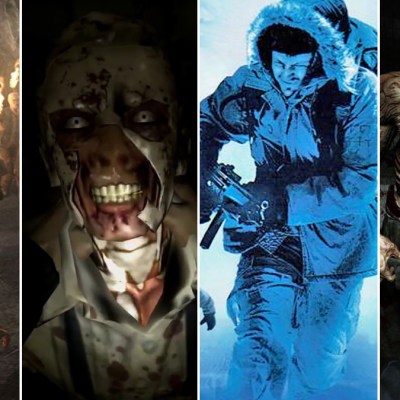Ghostwire: Tokyo isn’t just developer Tango Gameworks’ long-awaited return to the horror genre after 2017’s underrated The Evil Within 2; it’s a pretty great excuse to check out some of the greatest J-horror movies ever made.
While Japanese horror films enjoyed a global “boom period” in the late ’90s and early 2000s (and we’ll certainly be talking about some of the movies from that era very shortly), some of the best horror movies of the last 70+ years are J-Horror films. The long history of Japanese horror movies includes quite a few films that truly challenged viewers just as they challenged the common perceptions of what horror cinema is capable of.
So far as that goes, it’s important to realize that this isn’t a list of the absolute best J-Horror movies ever made. If it was, I can assure you Audition would be somewhere on it. Instead, this is a list of noteworthy J-Horror films that tie into Ghostwire‘s main themes/visuals (which include Japanese mythology, urban environments, the supernatural, and technology) in some way that will help get you in the mood for Tango Gameworks’ latest experience.

Carved: The Slit-Mouthed Woman
Most J-Horror films create their own villains or take inspiration from old stories, but Carved: The Slit-Mouthed Woman directly draws from a popular urban legend. The film focuses on the titular Slit-Mouthed Woman (Kuchisake-onna) who goes around a small town slaughtering children. While Carved features that same dark and oppressive atmosphere seen in other J-Horror classics, it also adds pulse-pounding action scenes more commonly found in Western slasher films.
While Kuchisake-onna is a popular Japanese urban legend, the character rarely appears in any visual medium. Carved: The Slit-Mouthed Woman is one of her only appearances on film, but she will also appear in Ghostwire: Tokyo as a powerful enemy. – Aaron Greenbaum
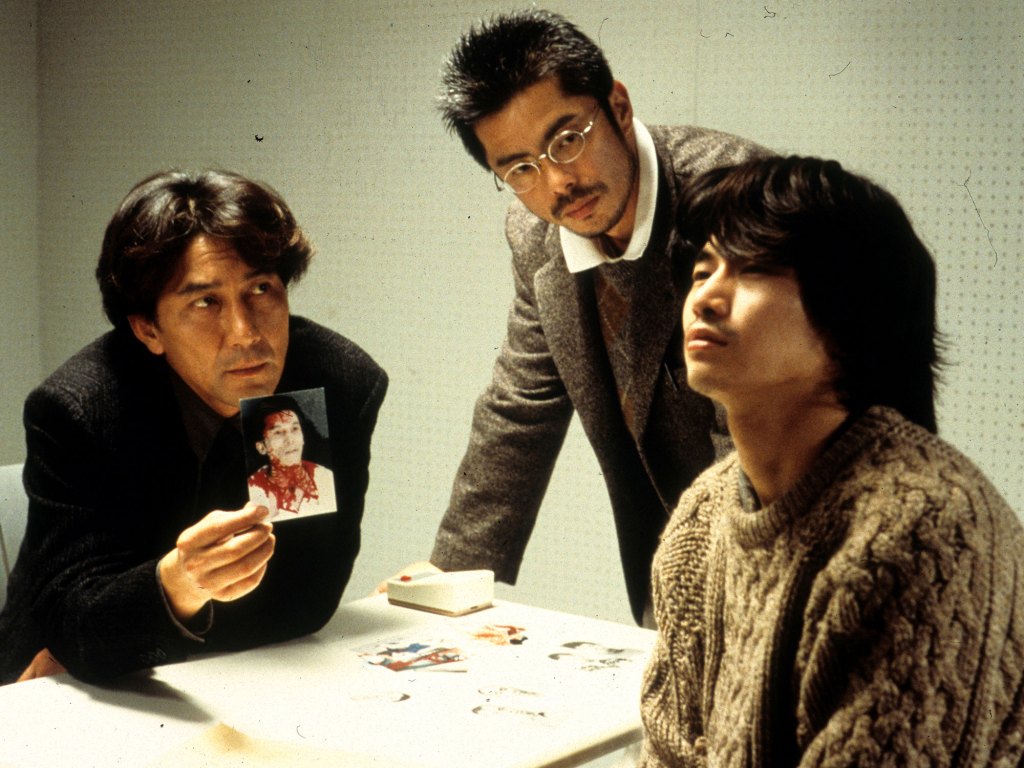
Cure
If you’re a fan of Se7en, Silence of the Lambs, and Memories of Murder and have somehow not yet found the time to watch Cure, just know that you’re missing out on one of the scariest and greatest “serial killer” movies ever made.
Tonally and visually, Cure is slightly more muted than Ghostwire and some of the other films you’ll find on this list, but it’s absolutely one of the best J-Horror movies ever made. It’s an experience that will leave you searching for answers even as you realize that the surest way to succumb to the madness at the heart of this movie is to be bold enough to think you can figure it out. – Matthew Byrd
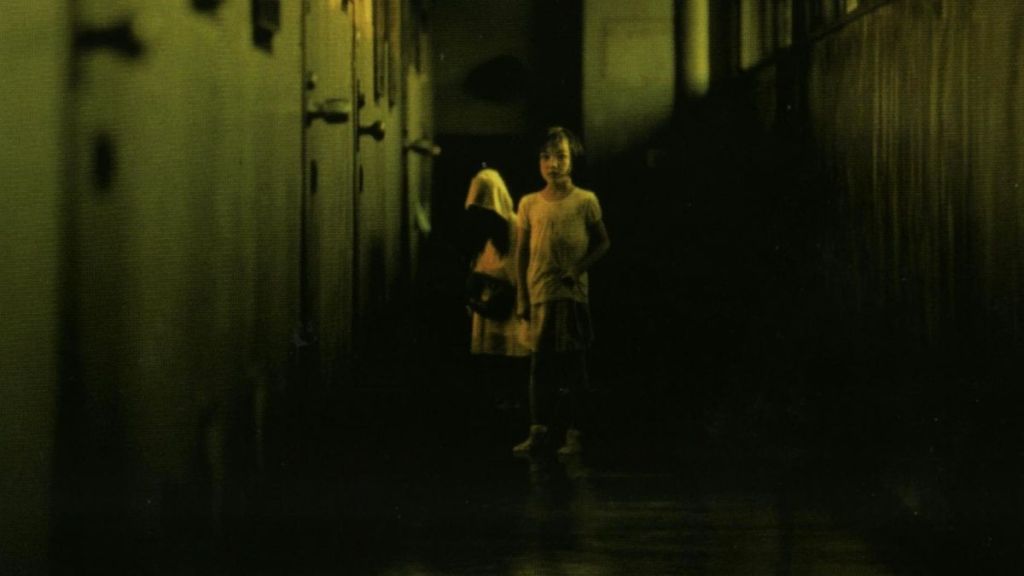
Dark Water
Essentially a modern spin on the classic haunted house subgenre, Dark Water brilliantly utilizes the claustrophobic confines of a rundown apartment complex as the setting for a supernatural story that will ensure you never look at a leak in the roof the same way again.
While the relationship between Dark Water’s main characters is the (surprisingly strong) core of this film, it’s this movie’s bleak tone and downright terrifying visuals that will stay with you long after you’ve survived it. Fans of atmospheric horror that still deliver well-timed scares need to seek out this masterpiece of the genre. – MB
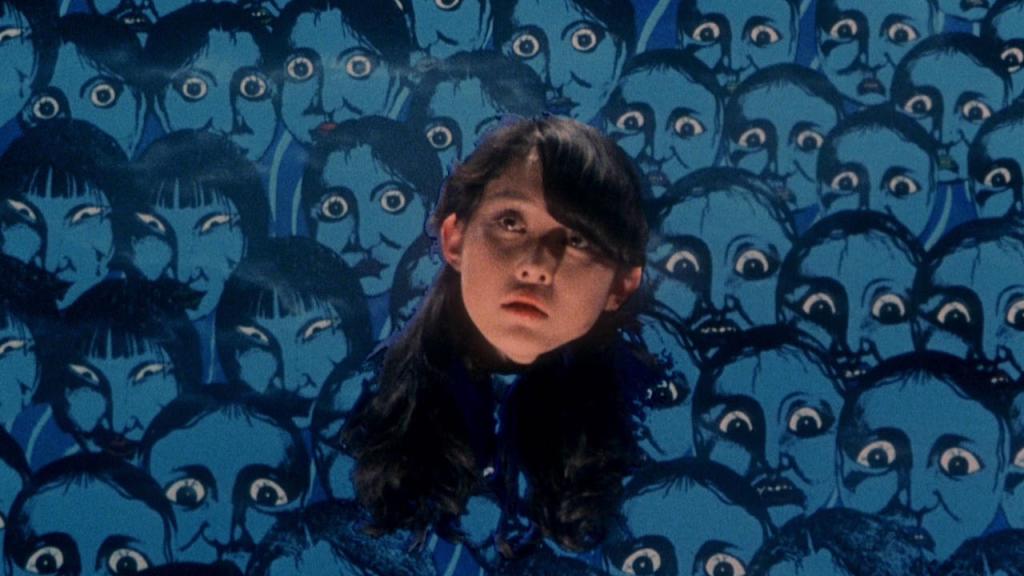
House
In a perfect world, everyone would just “discover” House and experience it for themselves without any understanding of what they’re about to witness. Then again, even the most comprehensive scene-by-scene breakdown of this film would do little to dilute its magic.
House is more of an acid trip than a traditional movie. It’s often childish (which makes sense given that the director’s young daughter helped craft the basic concept), but only the most boring souls will be unable to at least appreciate the audaciousness of this movie. Rightfully included on most shortlists of the “weirdest movies ever,” House reminds us that tales of the supernatural sometimes work best when they’re as far from ordinary as possible. – MB
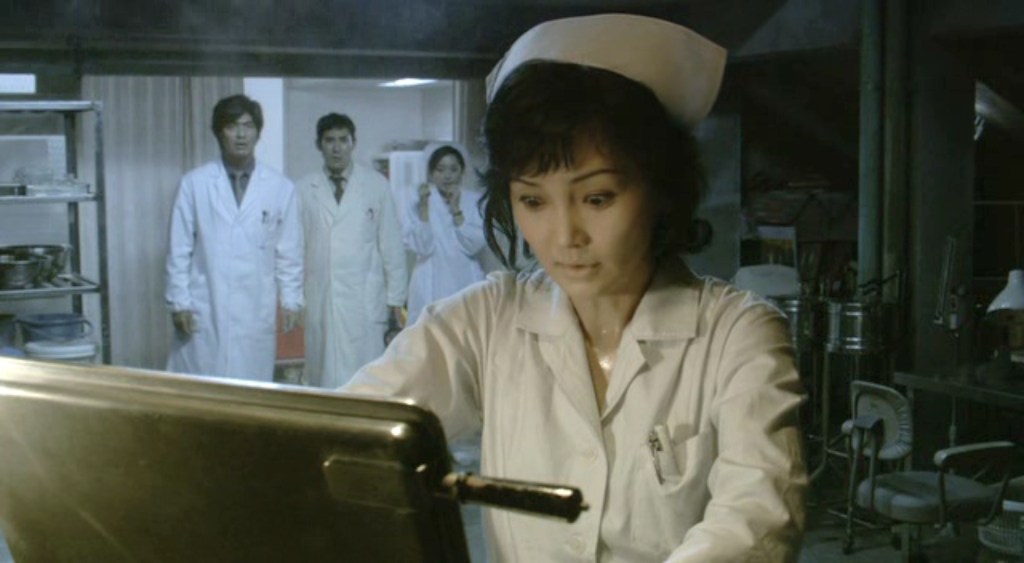
Infection (Kansen)
Run-down hospitals are a traditionally popular setting for horror movies. Western films in particular love to utilize that inherently creepy environment, but few movies use it as effectively as Infection does. The film focuses on the staff of an almost bankrupt hospital who receive a burn victim and accidentally kill him via clerical error. Those events soon take a turn for the terrifying when a new patient suffering from a virus that liquefies his body is rolled into the hospital.
Infection channels the J-Horror trope of keeping audiences guessing until the end, only to challenge what viewers thought they knew one final time. It also makes the most out of its memorable blend of psychological horror, claustrophobia, and a dirty atmosphere. – AG
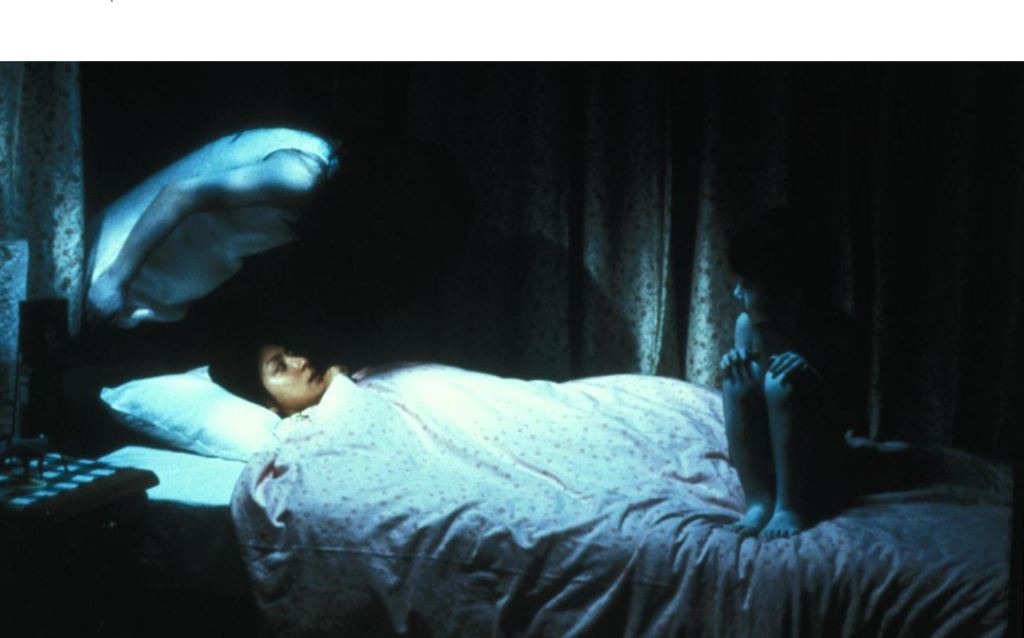
Ju-On: The Grudge
If Ringu introduced many Western viewers to the concept of J-Horror, Ju-On: The Grudge acquainted those audiences with J-Horror’s most prevalent monster: the onryō. Ju-On stars several unrelated characters who are haunted by vengeful spirits after they step into a haunted house. While each characters’ narratives progress independently, the overarching story revolves around that home and the origins of those ghosts. Ju-On, much like Ringu, terrifies audiences with an unrelentingly disturbing atmosphere and minimal jump scares, but it also adds the occasional obscured ghost that viewers will likely only notice if they dare to watch it again.
Ju-On: The Grudge and its American remake solidified much of our basic J-Horror mythology. The film popularized the concept of a pale, long-haired ghost who crawls around erratically, utters a signature death rattle, and can appear anywhere, even during the day. – AG
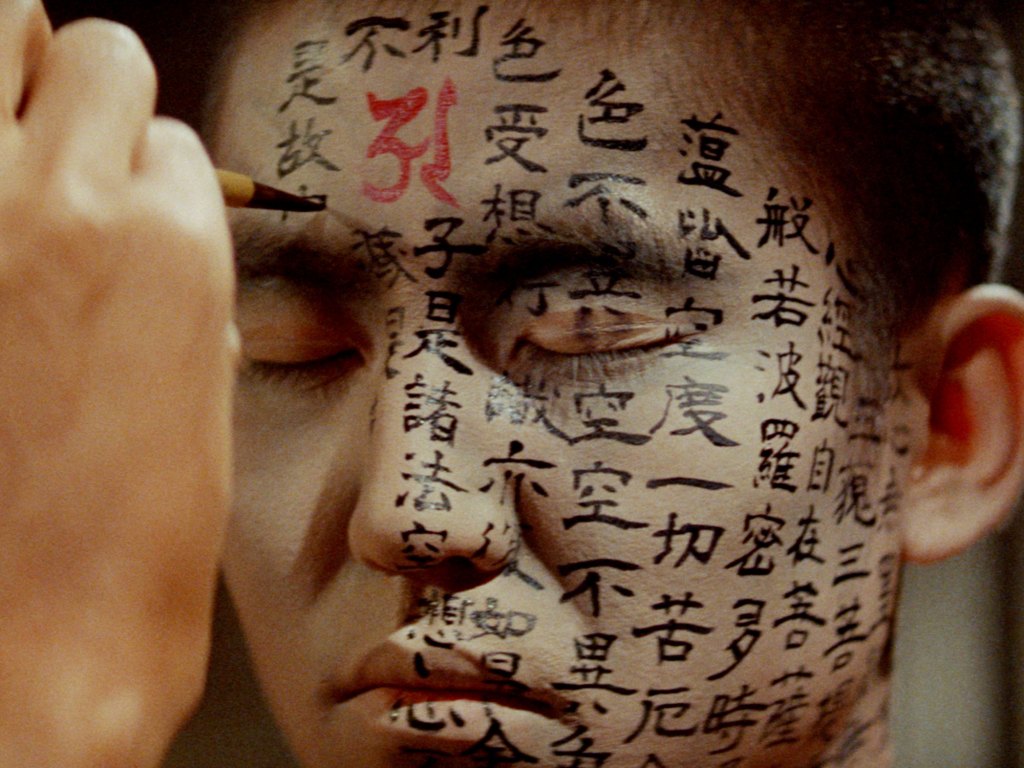
Kwaidan
Kwaidan’s age and long runtime (over three hours) may scare some potential viewers away, but believe me when I say that every film fan needs to find the time to lose themselves in this undeniable classic.
Simply put, Kwaidan is arguably the most beautiful horror film ever made. Tradition tells us that horror is supposed to be ugly, but Kwaidan brilliantly uses its spellbinding visuals to trap you in its world of folk tale horror. Unless you have no tolerance for slower-paced films, you owe it to yourself to experience the way this movie celebrates the art of filmmaking and the timelessness of mythology. – MB
Read more
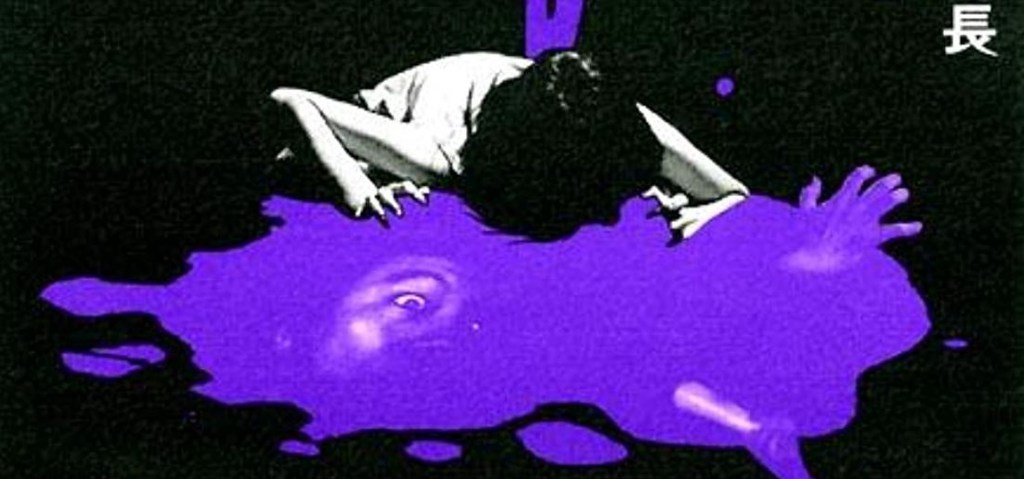
Marebito
I’ll warn you right now that unless you have a high tolerance for violent visuals, disturbing themes, and movies that leave you feeling like you need a shower, you may want to stay away from Marebito. It’s about as feel bad as a feel-bad movie gets.
Everyone else will probably be able to at least appreciate Marebito for how it presents a fundamentally Lovecraftian story/world in a very J-Horror way. In terms of capturing the terror of an urban environment, few movies do it better than Marebito. – MB
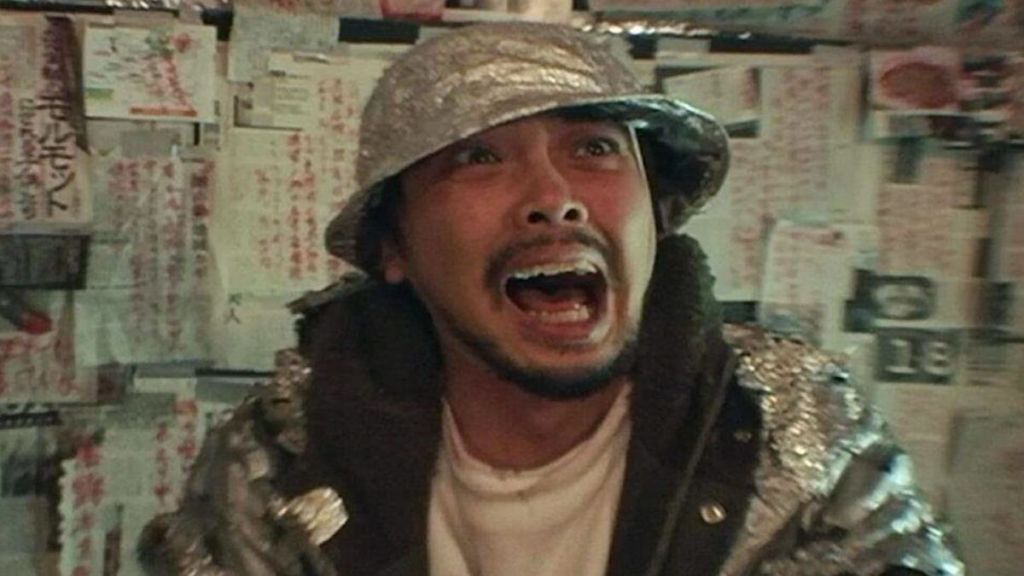
Noroi: The Curse
Far too many Western horror films not worth naming here have diluted the effectiveness of the “found footage” shooting style, but the J-Horror classic Noroi: The Curse demonstrates how to properly use that filming technique. The movie disguises itself as a documentary that follows a paranormal researcher who investigates a series of incidents reportedly connected to a ritual meant to banish a demon. Many viewers credit Noroi as a masterclass in pacing and audience investment since the movie’s scares are almost completely derived from its atmosphere.
While Noroi: The Curse has a primary antagonist of sorts, the film comes alive through the world it paints. Many fans claim that Noroi is one of, if not the, best J-Horror/found footage films of all time. – AG
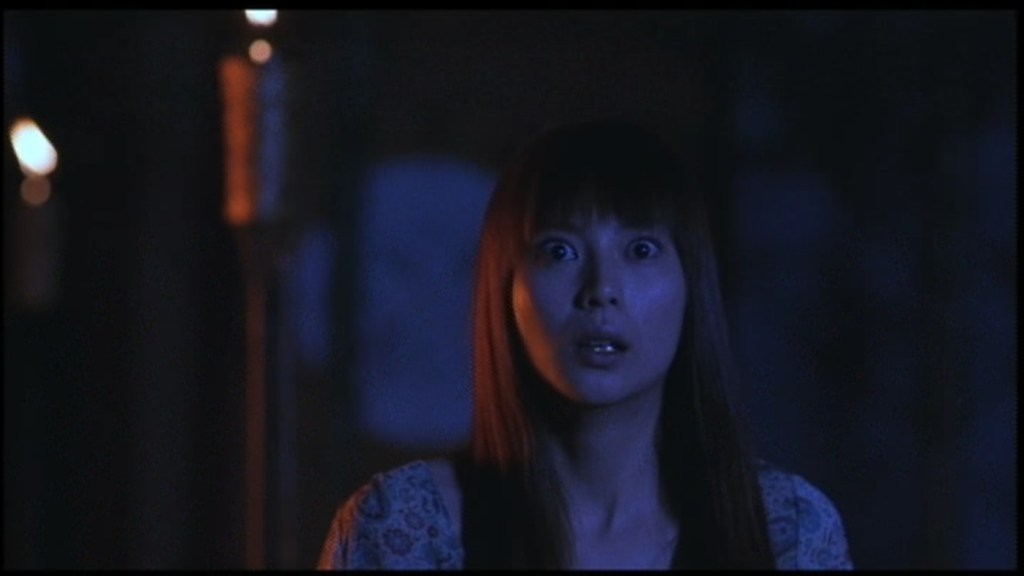
One Missed Call
Many great J-Horror films blend modern technology and supernatural occurrences in some way, and 2003’s One Missed Call could certainly be considered one of the absolute best examples of that marriage. The film revolves around the bizarre phenomenon of random people receiving voice messages from their future selves that foretell their own demise. The film’s atmosphere is notably oppressive, thanks in no small part to the ways its characters exude existential dread. It even manages to shocks audiences with a surprising amount of gore.
One Missed Call combines technology and the supernatural to not only solidify an always-welcome trope but provide effective social commentary; one of the often unsung strengths of the best J-Horror movies. – AG
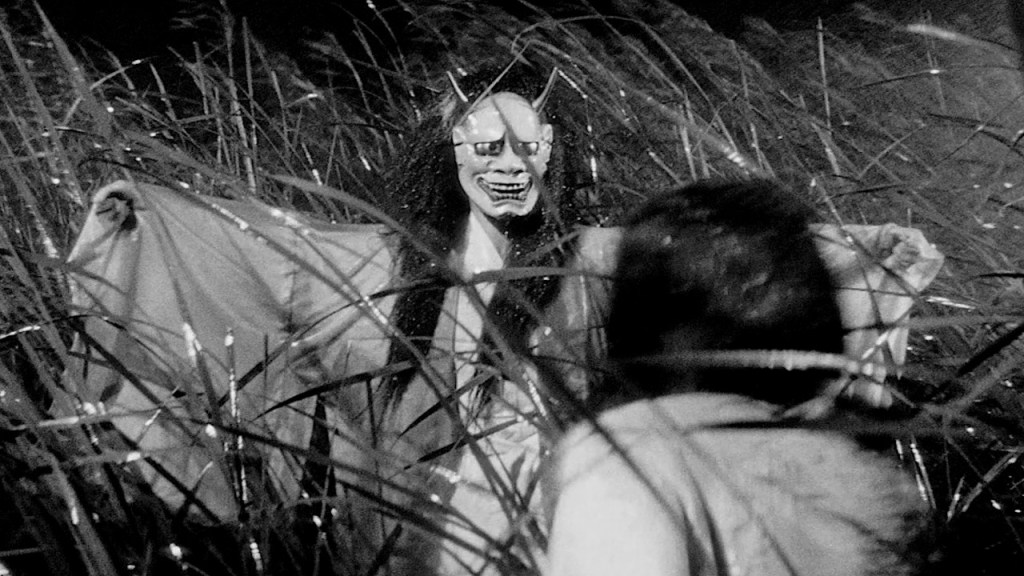
Onibaba
Ringu and Ju-On: The Grudge may have popularized the J-Horror genre, but Onibaba certainly helped invent it. The 1964 film draws heavily from an old Shin Buddist parable and revolves around a woman and her daughter who kill soldiers to sell their equipment. One fateful night, the older woman kills a samurai wearing a Hannya mask and tries it on, only to find she can’t take it off. The majority of Onibaba builds up to one massive, spooky reveal that would have fit perfectly into a classic Twilight Zone episode.
While Onibaba doesn’t follow the modern horror movie playbook, the film certainly leaves a lasting impact. – AG
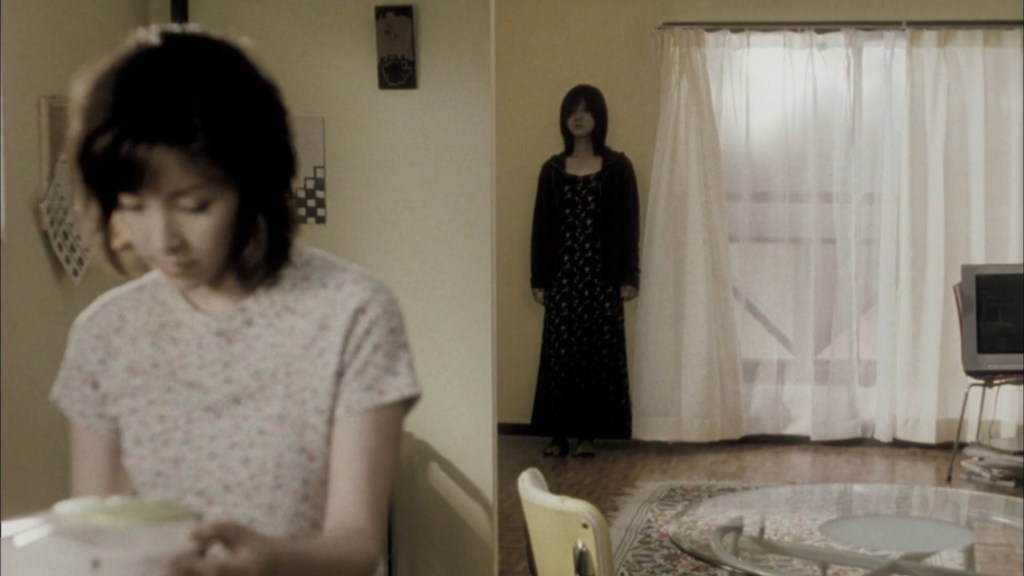
Pulse
In some small ways, Pulse is that dated kind of ‘90s/early 2000s movie that uses technophobia to prey on the fears of a generation suddenly forced to accept more and more technology in their daily lives. In many of the ways that matter most, though, it’s arguably one of the best movies of the J-Horror boom period as well as a film that feels a little too relevant at times.
Pulse takes what seems like a gimmicky concept (ghosts in the actual machines) and turns it into one of the most harrowing, depressing, and downright terrifying horror films ever made. There are jump scares in Pulse, but this is the kind of film that is more interested in burrowing under your skin until you’re left wondering whether loneliness is a more powerful force than death itself. From its blend of mysticism and technology to its unforgettable views of the eerily empty city streets, you have to believe that this movie was a clear influence on Ghostwire. – MB

Ringu
Ringu introduced many Western audiences to the J-Horror genre and should still be considered essential viewing for any fan. The movie is about a cursed videotape that (in a roundabout way) kills anyone who views it after seven days. Much of the plot revolves around a reporter who investigates the VHS after watching it as she delves into its dark origins. Ringu is often praised for its tense, unsettling atmosphere and the lingering threat of its premise. The film might be a slow burn, but its pace puts viewers on edge and makes sure every scare hits home.
Without Ringu (and its American remake), global audiences wouldn’t be as familiar with J-Horror and its unique tales of terror. – AG
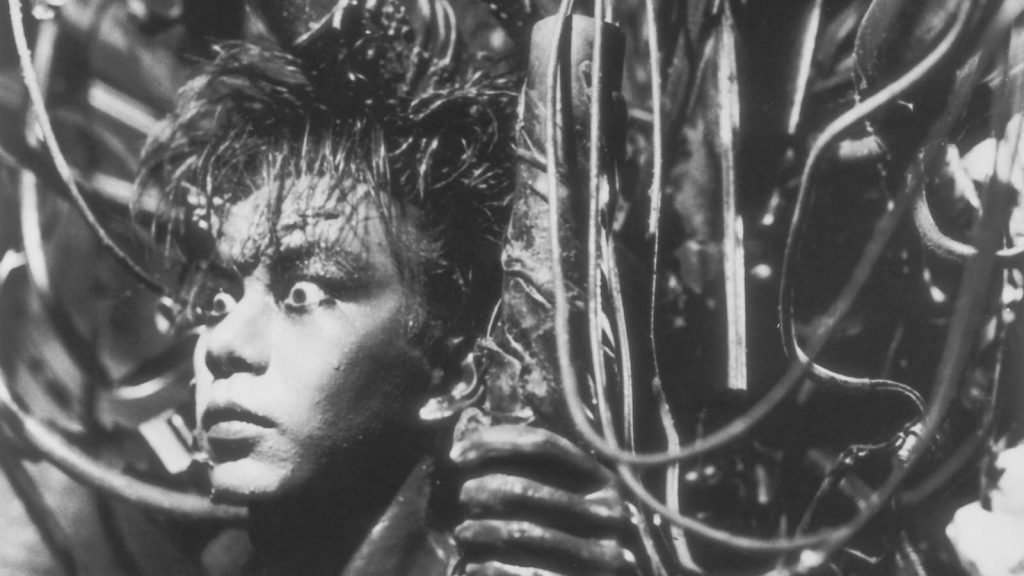
Tetsuo: The Iron Man
While many J-Horror films terrify viewers through subtlety, Tetsuo: The Iron Man is loud and in your face. The movie is about a salaryman who accidentally runs over a “metal fetishist” (i.e., a man who inserts metal rods into his own body) and soon finds himself slowly turning into a half-flesh, half-metal abomination. The result is a chaotic, over-the-top explosion of grunge music, stop motion animation, and body horror. Tetsuo primarily scares viewers through sheer imagination and what-the-fuckery.
Since the J-Horror genre usually relies on purely supernatural antagonists, Tetsuo: The Iron Man certainly stands apart via its technological themes. Still, its shocks and scares rank high among the best this genre has to offer. – AG
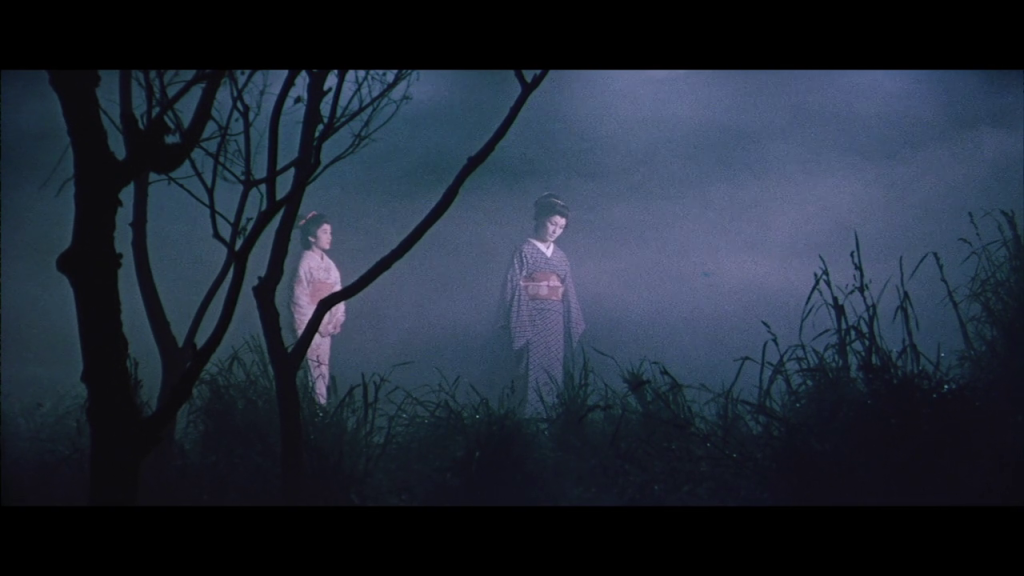
The Ghost of Yotsuya
If you’re looking for a classic Japanese ghost story to get you in the mood for Ghostwire, you’ll have a hard time finding a better mood-setter than The Ghost of Yotsuya.
Based on the legendary kabuki play “Yotsuya Kaidan,” this tale of ghostly revenge packs a surprising punch for a movie made in 1959. Fans of classic samurai cinema will definitely want to seek this out, but anyone who loves classic ghost stories with otherworldly visuals will find themselves slowly succumbing to this movie’s spell. – MB


